
The international company Sirane recently introduced to the market its new development - barrier paper for packaging butter without plastic additives.
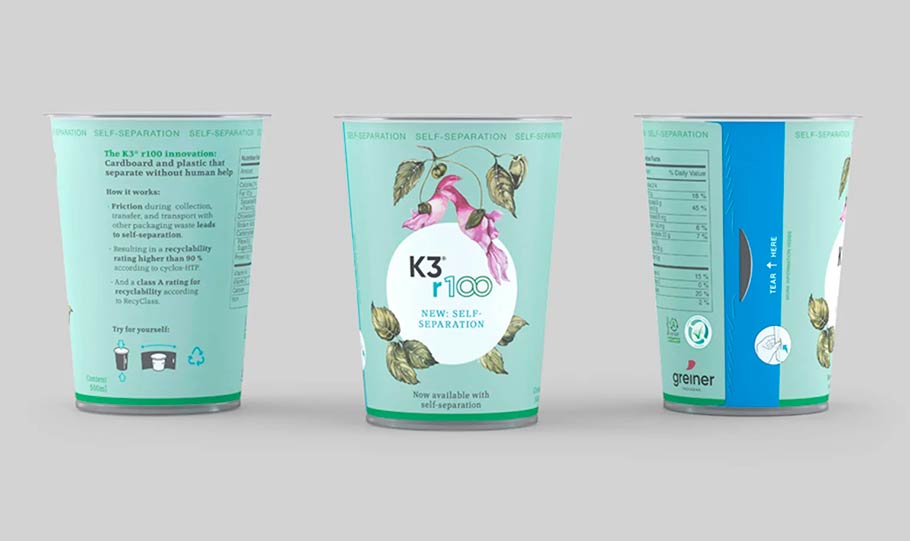
A similar innovation, namely self-separating cups, which are so often used for packaging yoghurts and sour cream, is offered by one of the leaders in the European packaging market, Greiner Packaging.
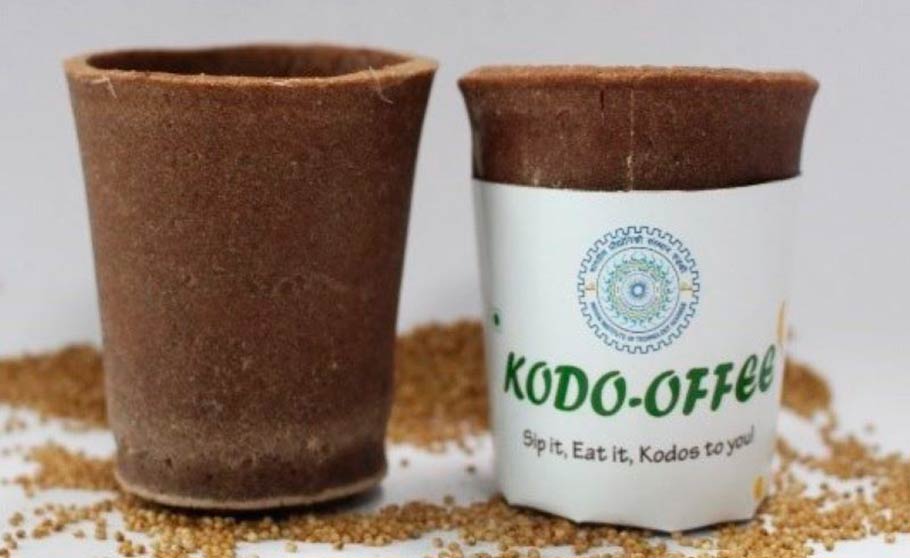
Well, what could be better: drink a glass of coffee, then have a snack and go on with your business? I immediately felt invigorated and refreshed. Moreover, this is no longer fantasy. Such a project exists and is preparing for a mass launch.
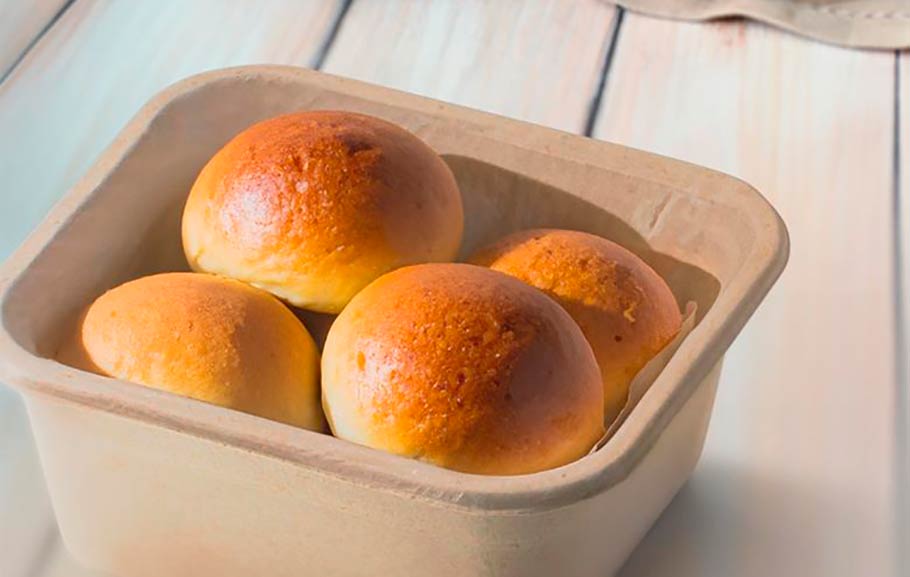
We have previously written about tightening legislation aimed at combating single-use plastics in Europe. Many countries have imposed additional taxes on single-use plastic food packaging, and some have banned their use altogether. All this forces manufacturers of packaging solutions to look for alternative materials for packaging.
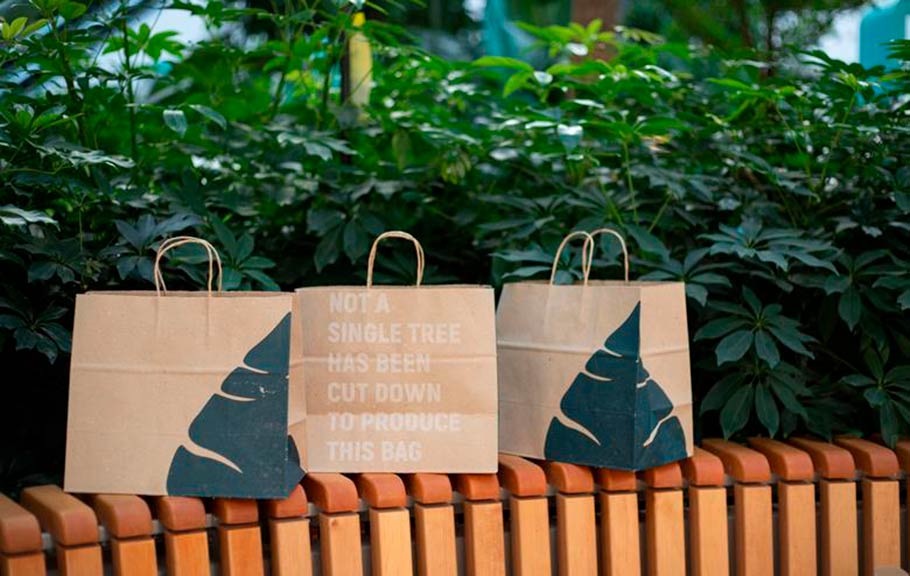
We have already talked about the unique Ukrainian startup Releaf Paper – a paper manufacturer from fallen leaves. And we continue to monitor his achievements.
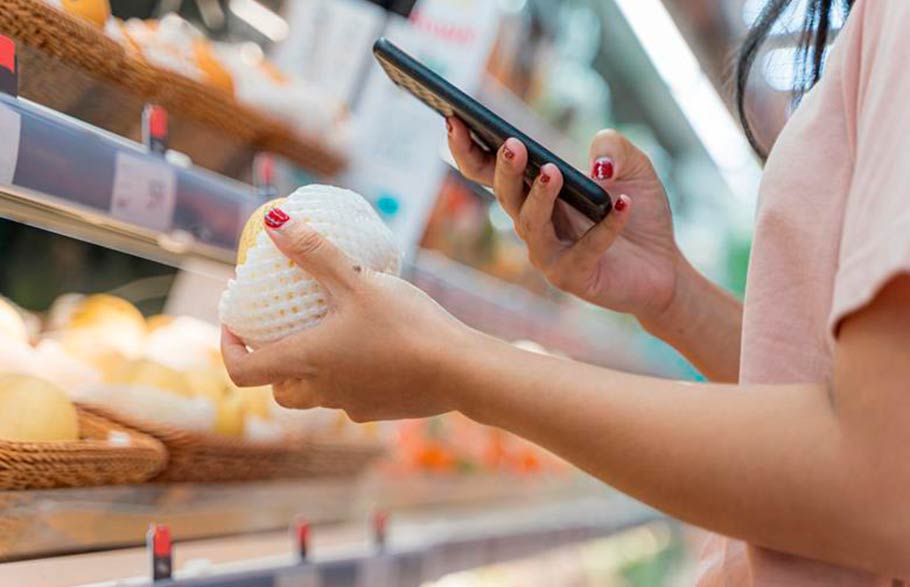
The European Commission is proposing the introduction of Digital Product Passports (DPP) as a tool for transparency and circularity. Details of the draft resolution will be published in December this year, and adoption is expected in 2024. Once the regulation comes into force, any company wishing to sell its products in the EU (including via the Internet) will have to comply with its requirements.
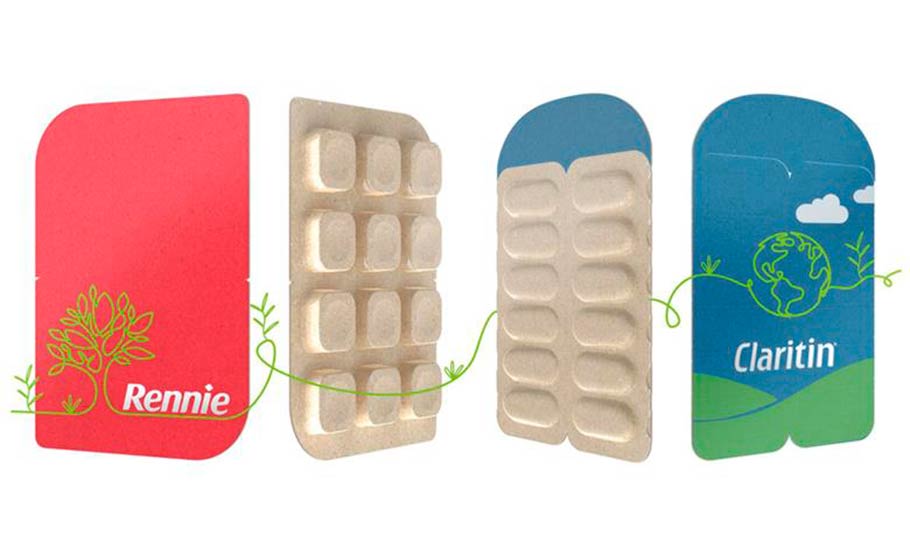
Or rather, not exactly made of paper, but of dry molded fiber. Serial production has not yet started, but its launch is planned very soon. We will now tell you in more detail about this, as well as about the companies implementing this development into reality.

